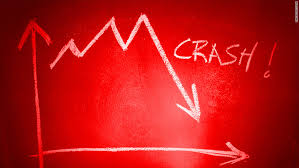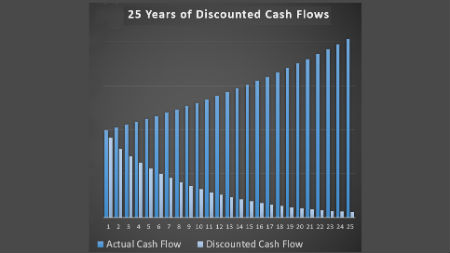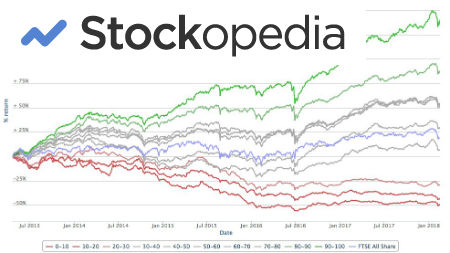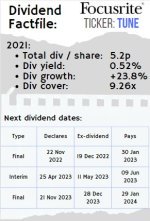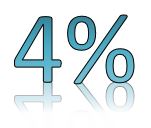
The Magic 4 percent Rule
|
|
I have heard about the 4 percent rule which helps you determine when you can retire on the back of your dividends. What is it? Where does it come from? and is it reliable? |
|
The 4 percent rule tries to determine the maximum percentage of your starting portfolio you can withdraw every year and not run out of money. A 4% withdrawal rate would mean that on day one of your retirement you would take out $40,000 if your portfolio was $1 million. On the first day of year two, you would take out the $40,000 again and adjust for the inflation of the last year. The 4 percent rule originally comes from a research piece called "Journal Of Financial Planning" by William Bengen. It was written in 1994 and examines various withdrawal rates from a portfolio comprising of equities and treasuries throughout the 20th century. The article examines how long a portfolio will last for under various different withdrawal rates and other scenarios for rolling 30 year periods. We think it is an excellent article and is worth a read despite being over 20 years old. His study shows that if you have 50% of your portfolio in stocks and you withdraw 4% a year then even if you had retired in the worst possible year between 1926 and 1976 (which was 1966) then your funds would have lasted for around 35 years. His study shows that retiring in 40 out of the 50 analyzed years would have resulted in at least 50 years worth of retirement funds. |
|
Problems with the 4 percent rule:
We actually don't believe you should blindly follow this 4 percent rule. Like so many things in investing, what you do will be determined by your personal situation. Some of the problems with the rule are below:
1. The future is unpredictable. As we know, past returns are not guaranteed to occur again in the future. Bengen has only studied 50 years worth of data which, although a good guide, may not be bullet proof.
2. Mega low interest rates! A few years ago it was extremely difficult to imagine a world with such low interest rates. Areas such as Europe and Japan are currently experiencing negative interest rates. This is largely unprecedented! You don't find the great historical economists such as Smith, Ricardo, Friedman, Hayek or Keynes ever talk about negative rates so we are yet to find out the true effect of these on asset prices.
Bengen recommends somewhere between 25%-50% of your portfolio in bonds but yields here are remarkably low at the moment. True, there have been periods of negative REAL (after inflation) rates before but not such a sustained period of nominal (before inflation) low rates. Such low rates can also drive up stock prices significantly as well, as investors look to replace lost yield from the bond markets.
3. You don't know how long you'll live for. This, in turn, means you don't know how long your retirement period will be. Clearly, if you are 85 years old then the 4% rule is almost certainly going to fulfill your retirement needs. It is much more uncertain, though, if you are looking to retire at 60. If you retire at 60 and you're in good health then there is an ever growing chance you could have 40 or more years in retirement (lucky you!)
4. Timing. How long your retirement fund lasts after you stop earning a pay check could be significantly influenced by events outside your control. This is examined extensively by Bengen but ultimately your capital will last a lot longer if the stock market performs very well in the immediate aftermath to your retirement than if it were to crash.
Our take on the 4 percent rule
What is encouraging from Bengen's research is that if you reduce your withdrawal rate to 3% of your portfolio and adjust for inflation after that then under every scenario that he examined your retirement funds will last for over 50 years. Therefore we think that if you can spend 3% or less of your funds every year then you should be in a very strong position to retire. It would probably take something quite extraordinary like a nuclear war, massive pandemic or mass government confiscation of assets for this not to work out.
In our article on living off dividends we mentioned the importance of how much you spend and how that determines when you can retire. In retirement you may well cut down on some expenditure such as the cost of your commute and constantly buying new work attire. That said, retirement (particularly later on) can get quite expensive due to increased health costs so you should factor this into your thinking.
We think that you should look to build a strong and diversified portfolio of excellent businesses. You should focus on highly cash generative businesses that pay you sustainable and rising dividends year after year. If you are in retirement, then you can look to live off these dividends whilst not touching the capital. This enables you to enjoy life without worrying about your projected date for running out of money.
If you're not keen on picking individual companies then we think you should look at low cost index trackers. We have looked at some of these on our page on dividend ETFs.
Got a BURNING dividend question for 6-figure dividend earner Mike Roberts?
What is it that you really want to know about investing?
Submit a query and Mike will write a page in response.
PLEASE NOTE - in accordance with our terms of use, responses are meant for education / interest only. We do not give specific financial advice.
